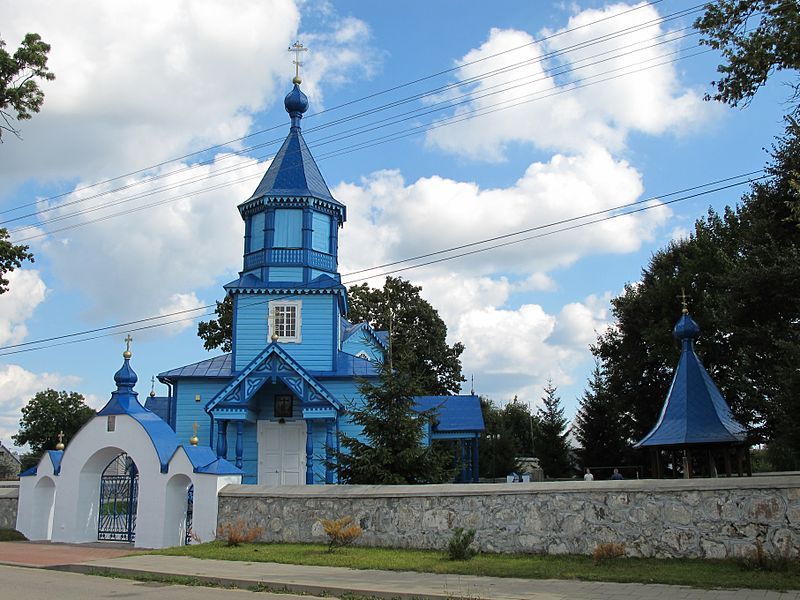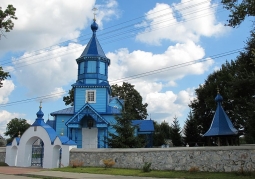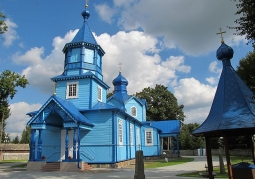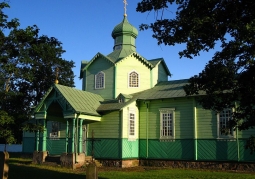Orthodox church of the Exaltation of the Holy Cross - Narew
No weather data
0.0 /5
Number of ratings: 0
Address: ul. ks. Józefa Poniatowskiego 27 , 17-210 Narew
Orthodox parish church, belonging to the Narew deanery of the Warsaw-Bielsko diocese of the Polish Autocephalous Orthodox Church. The creation of the church was recorded in sources as early as the 16th century. After the conclusion of the Brest Union, the local parish adopted its provisions no later than 1635. The oldest parish temple functioned until the second half. 18th century, when a new one was erected in its place due to very poor technical condition. The equipment of the Uniate church in Narew was seriously latinized at that time. The preserved inventory descriptions indicate that there was no iconostasis in the temple, but side altars were inserted into it, and in the main altar there was a typically western image of Our Lady of Sorrows. These elements remained in the church also after 1839, when, pursuant to the provisions of the Połock synod, it passed, together with the entire diocese, to the Russian Orthodox Church. The iconostasis was not inserted into the Narew temple until 1868. The cult of the image of Our Lady of Sorrows also continued. The Pounicka church was moved to the Narew cemetery in the 1880s, and a new temple was built in its place. At the beginning of the 20th century, over 3,000 attended. faithful. The activity of the parish died out in 1915 due to presence. The Orthodox evacuated from the village took with them especially worshiped in the temple images that never returned to Narew. After 1918, the church was reopened and is open ever since. In 1990, the building was severely damaged by a fire that destroyed its historic interior. The restored church was again consecrated four years later. The Church of the Exaltation of the Holy Cross is a wooden, oriented structure, on the Latin cross plan, on a stone and cement foundation. The building has a crowned formwork structure. The width of the transept is equal to the width of the nave. The roof over the nave is gable, above the altar room - three-pitched, above the bell tower - four and eight-pitched above. At the intersection of the main and side naves there is a dome supported on a drum, with a multi-hip roof. The apse and two pastophores are connected to the altar room. Two side rooms adjoin the rectangular vestibule. The entrances to the building - front and through the aisle - are decorated with porticoes with six columns each.
Komentarze
No results
Nearby places
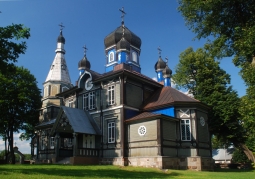
Orthodox church of the Protection of the Holy Virgin - Puchły
Category: ChurchesFor the Orthodox population of Podlasie, the village of Puchły is an important center of Marian worship. In the parish temple there is a particularly worshiped icon of the Mother of God. The church is founded on a...
8 km
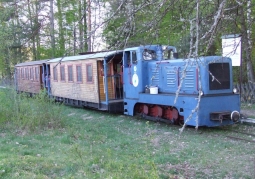
Bialowieza Forest Forest Railway - Hajnówka
Category: Narrow gauge railwaysNarrow-gauge railway running in the Białowieża Forest. Built in 1916–1957. The building was started by the Germans during World War I. Currently, the queue is of a tourist nature. A leisurely ride on the cableway...
21 km
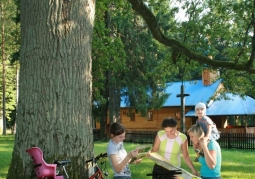
Orthodox chapel church of the Maccabees and the spring of Kryczeska - Bialowieza Forest
Category: ChurchesKryczeska (krynica, source), formerly known as the Miednoje forest, after the name of the stream flowing nearby is a place of annual pilgrimages for the feast of the Holy Trinity. Nearby there is a wooden church built...
21 km
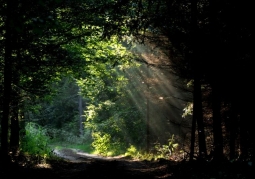
Bialowieza Forest
Category: ForestsIn the Białowieża Forest region - the Land of the Bison, everything that is most beautiful in Podlasie is accumulated - nature and multiculturalism. The beauty of the nature of the Białowieża Forest and the...
23 km
Nearby places

Orthodox church of the Protection of the Holy Virgin - Puchły
Category: ChurchesFor the Orthodox population of Podlasie, the village of Puchły is an important center of Marian worship. In the parish temple there is a particularly worshiped icon of the Mother of God. The church is founded on a...
8 km

Bialowieza Forest Forest Railway - Hajnówka
Category: Narrow gauge railwaysNarrow-gauge railway running in the Białowieża Forest. Built in 1916–1957. The building was started by the Germans during World War I. Currently, the queue is of a tourist nature. A leisurely ride on the cableway...
21 km

Orthodox chapel church of the Maccabees and the spring of Kryczeska - Bialowieza Forest
Category: ChurchesKryczeska (krynica, source), formerly known as the Miednoje forest, after the name of the stream flowing nearby is a place of annual pilgrimages for the feast of the Holy Trinity. Nearby there is a wooden church built...
21 km

Bialowieza Forest
Category: ForestsIn the Białowieża Forest region - the Land of the Bison, everything that is most beautiful in Podlasie is accumulated - nature and multiculturalism. The beauty of the nature of the Białowieża Forest and the...
23 km
